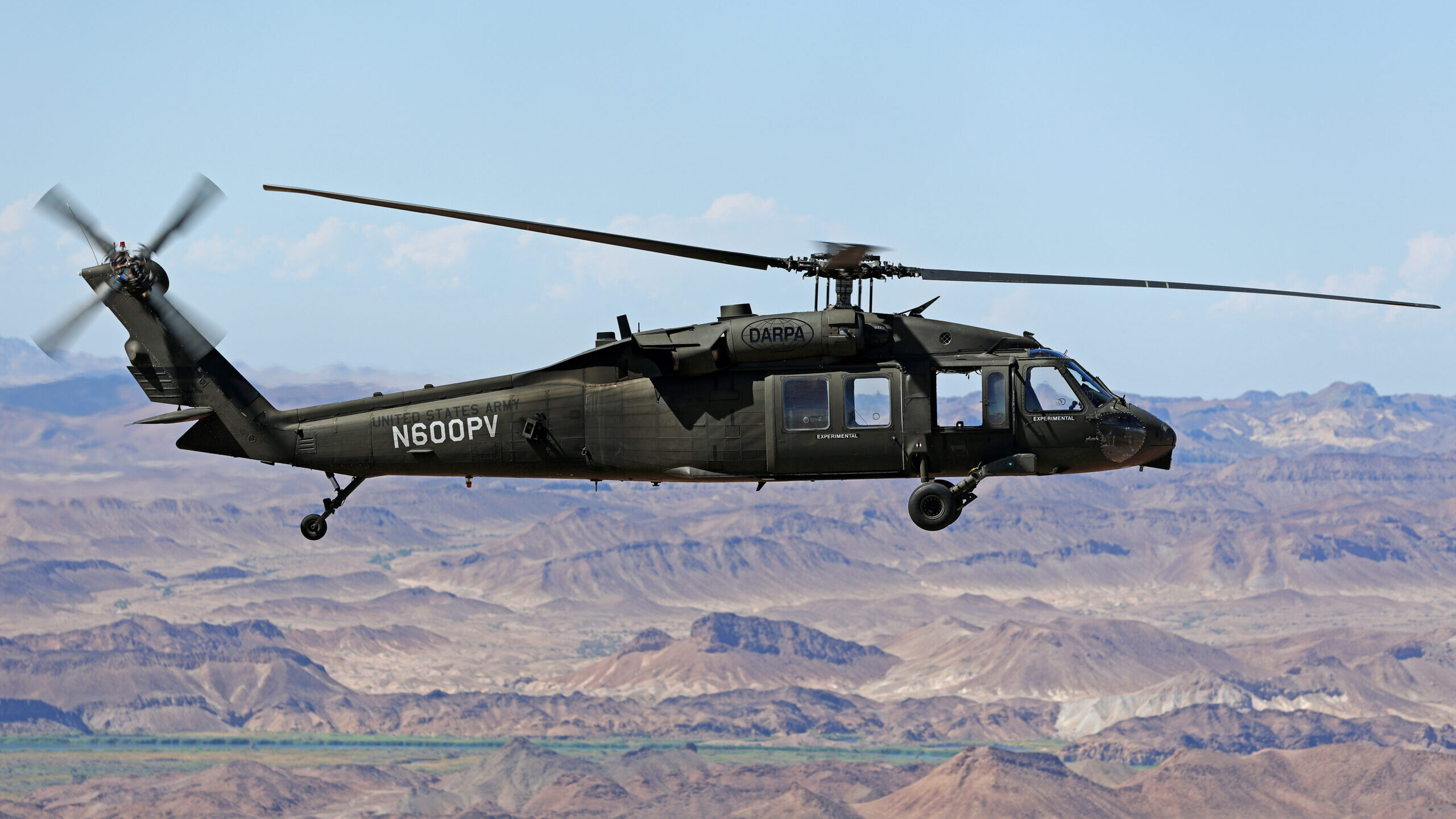- Reaction score
- 8,916
- Points
- 1,160
I guess? I don't even think military folks have seriously debated that terminology.
Personal opinion: If you have a swarm scenario, you won't also have individual RPAS pilots. It's kind of one or the other - the whole idea of the swarm is that they're all acting as one...uh...swarm.
So an RPAS has a pilot.
An RPAS swarm has no pilots?


